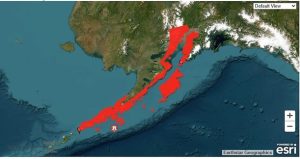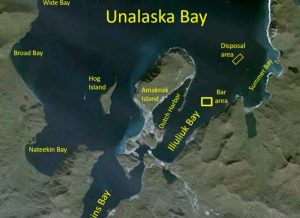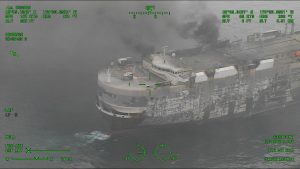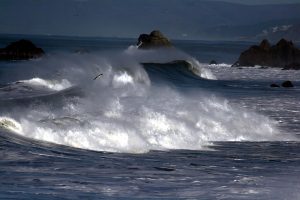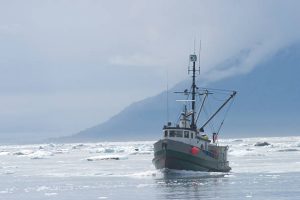New State Funding Boosts Alaska Seafood Workforce Development
 Alaska’s seafood industry is getting a significant boost in workforce development thanks to new state funding through the Technical and Vocational Education Program (TVEP). This initiative supports five key programs for both seafood harvesters and processors.
Alaska’s seafood industry is getting a significant boost in workforce development thanks to new state funding through the Technical and Vocational Education Program (TVEP). This initiative supports five key programs for both seafood harvesters and processors.
For processors, the Alaska Seafood School will offer three programs focusing on crucial areas: food and processing regulations, automated equipment and refrigeration, and plant management.
Fishermen across Alaska will benefit from two TVEP-funded projects launching this fall: the Skipper Apprentice program in Bristol Bay, providing essential training and mentorship for new crew, and the innovative “Scaled Seafood” project, offering vital fisheries business training.
 Maritime Injury Law Blog
Maritime Injury Law Blog




